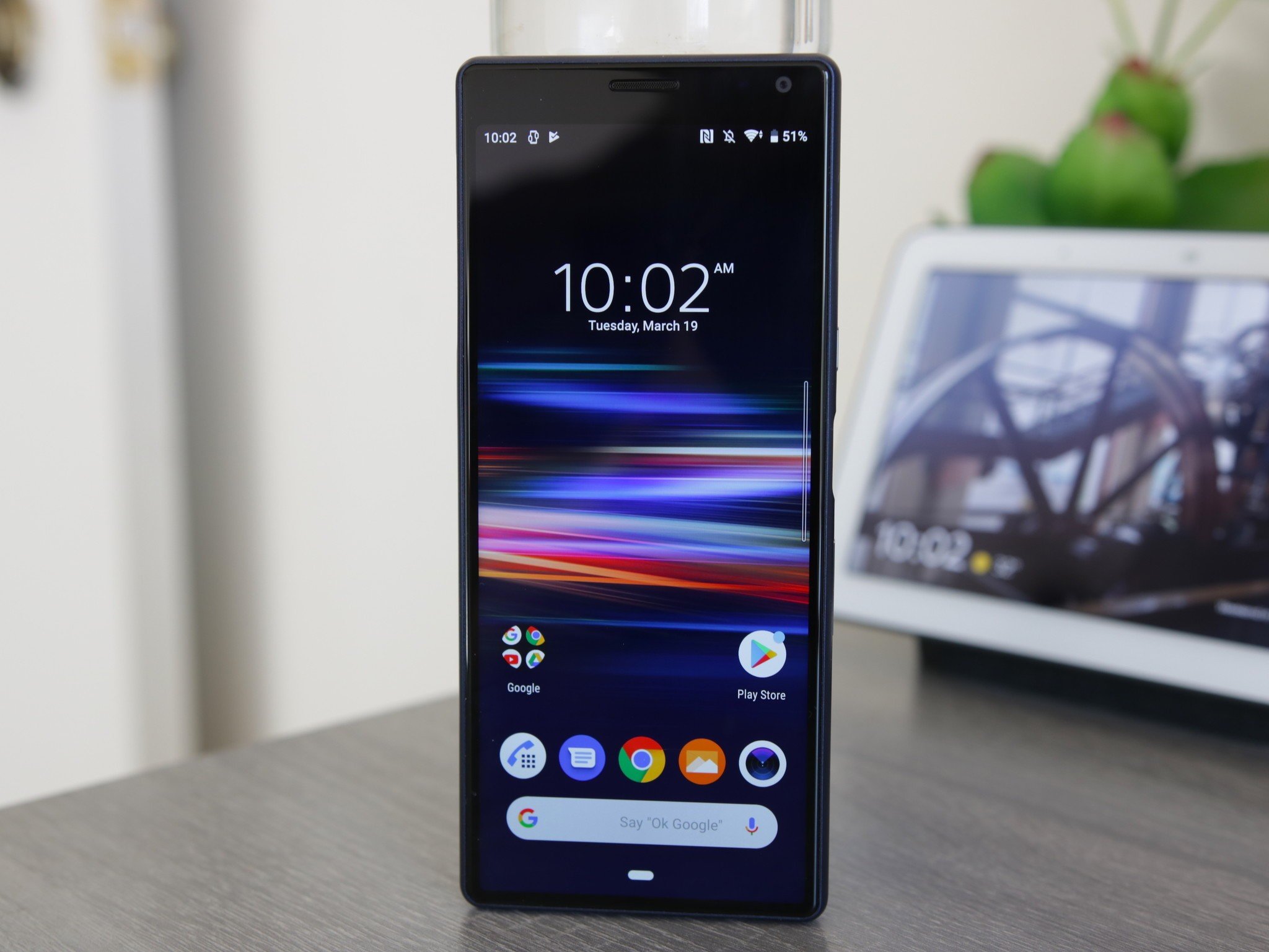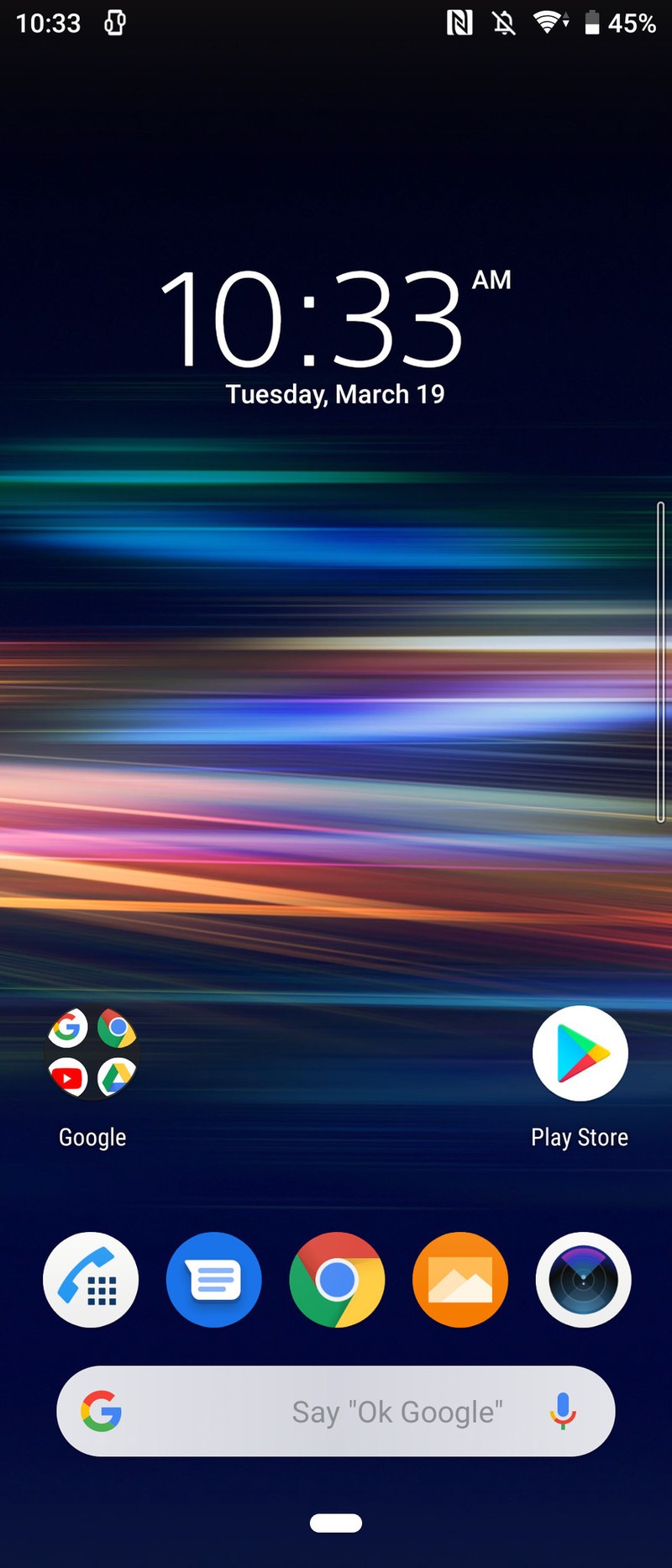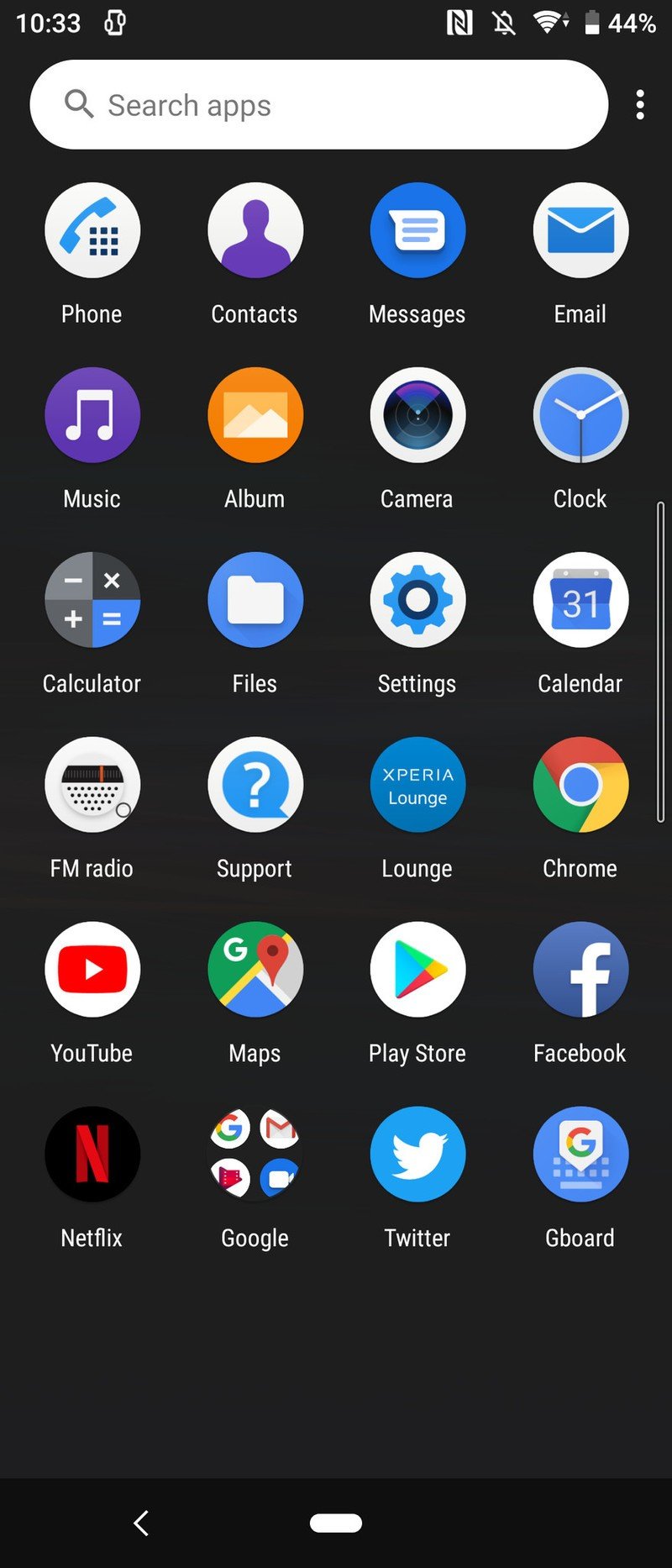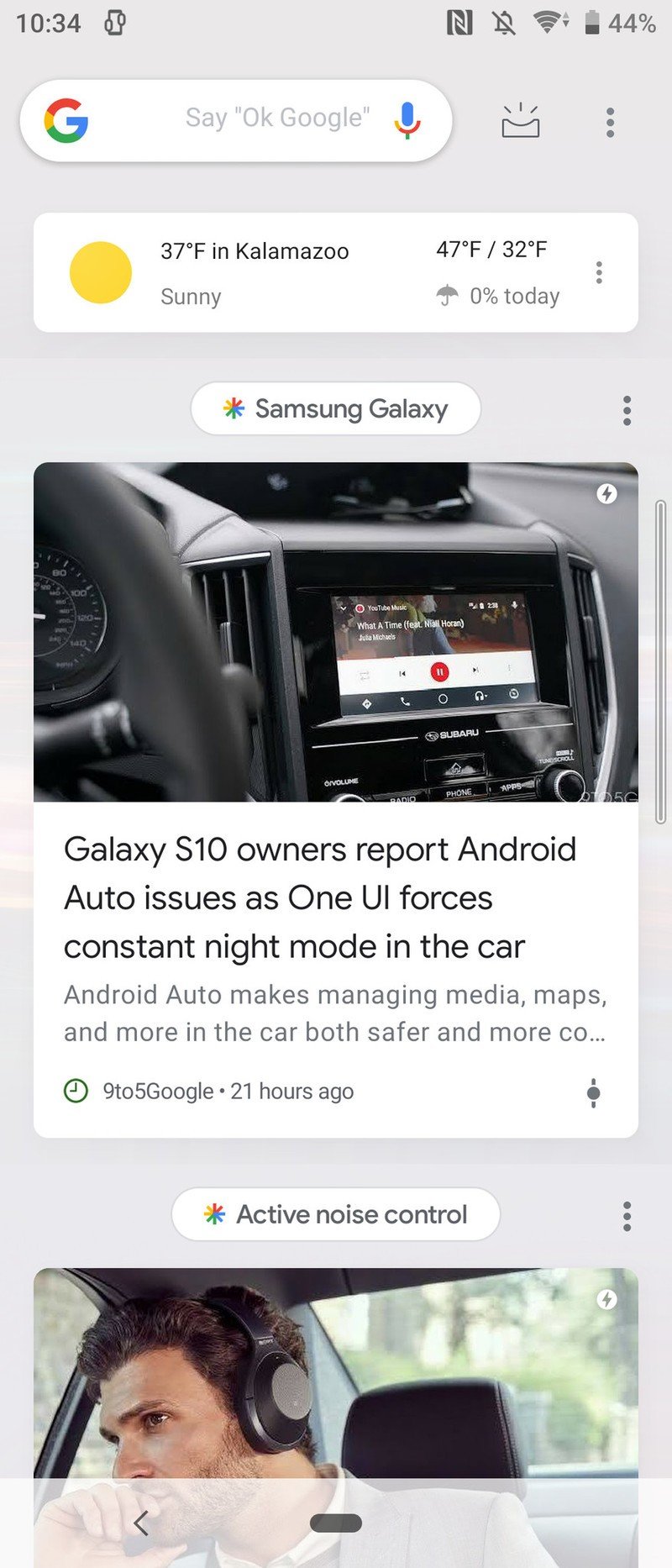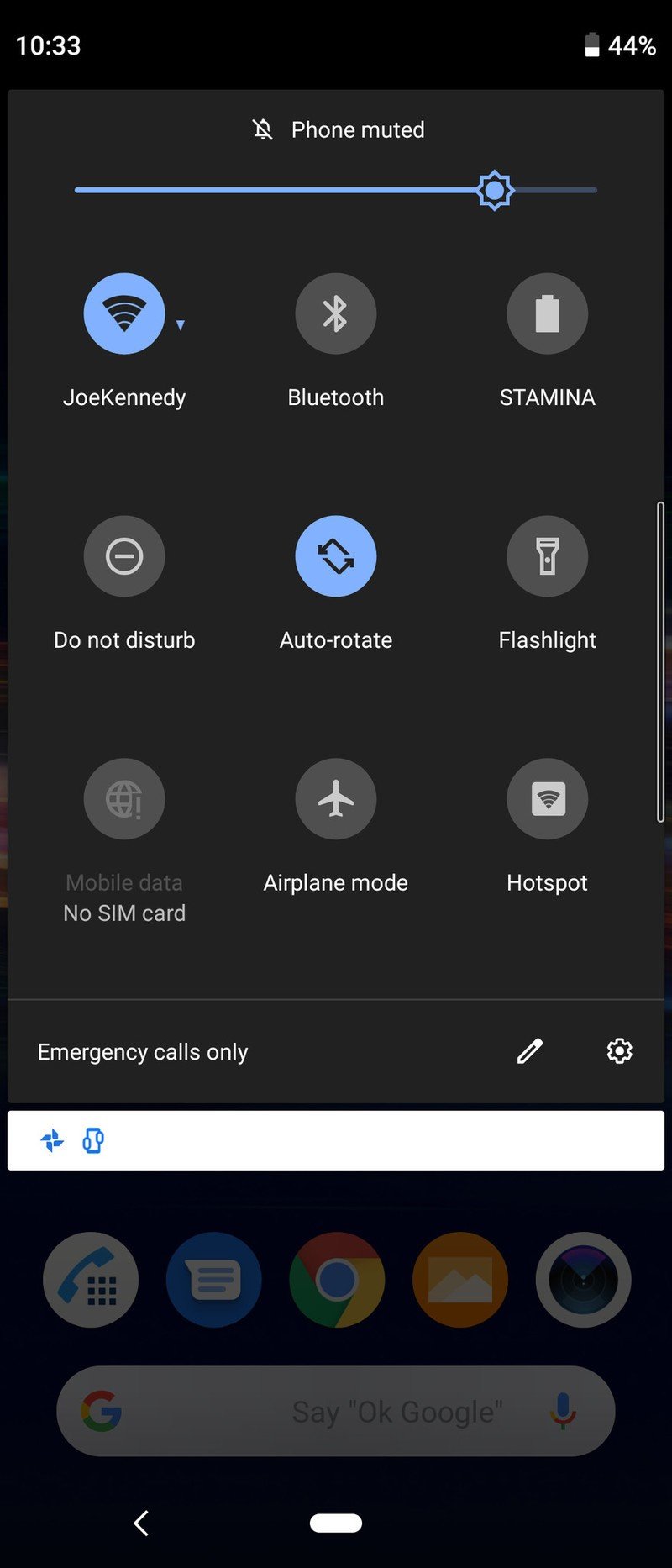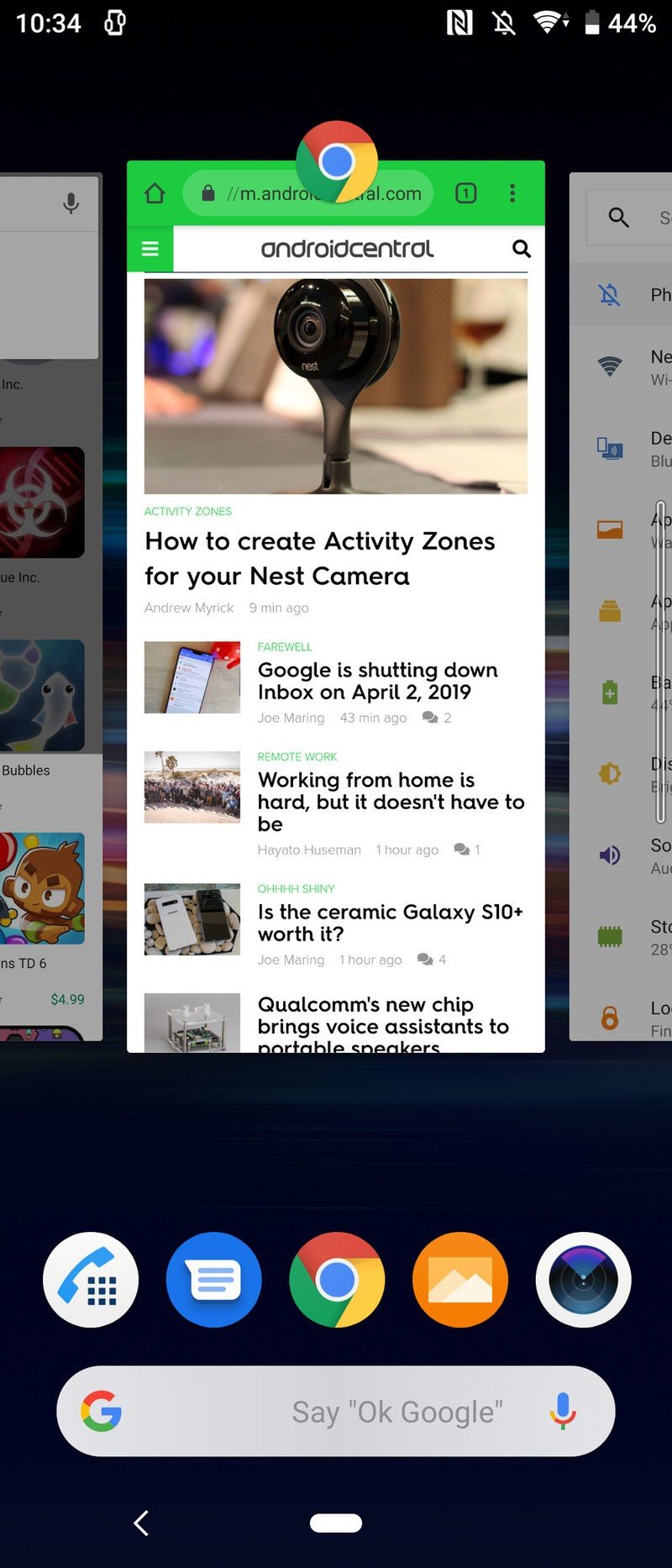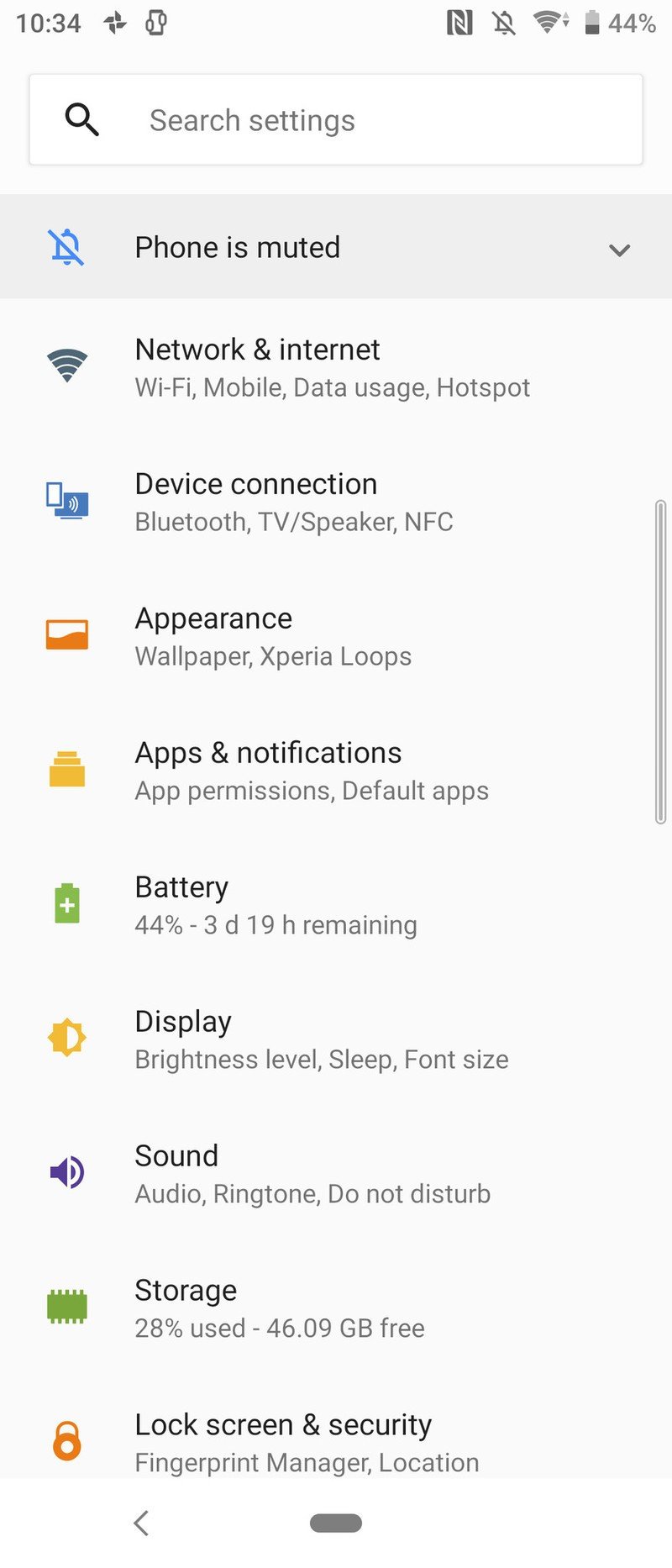Android Central Verdict
Bottom line: The Sony Xperia 10 is an interesting phone. It brings some good value to the mid-range smartphone space, with the highlight feature being its 21:9 display. This makes supported videos pop and allows for some truly unique experiences, but it also makes the phone really difficult to use with one hand. If you want an even larger screen and upgraded specs, the Xperia 10 Plus is also worth a look.
Pros
- +
Great build quality
- +
Truly unique display
- +
Android 9 Pie
- +
Headphone jack and expandable storage
- +
Supports all major U.S. carriers
Cons
- -
Difficult one-handed use
- -
Weak external speaker
- -
Iffy cameras and battery
Why you can trust Android Central
Sony Mobile's presence in the U.S. is not great. Despite releasing some truly solid phones, the company has failed to make much of an impression in the country and has taken the back seat in both the flagship and mid-range space.
In 2019, Sony has a plan to make a comeback with something no one else is doing — 21:9 displays. The company's Xperia 1 flagship is the most exciting of its latest releases, but for customers on a budget, we have the Xperia 10 and Xperia 10 Plus. The handsets have a lot of the pros and cons you'd expect in this price range, so is the super-narrow screen enough to make it stand out as a worthy option over its competitors? Here's our full review.
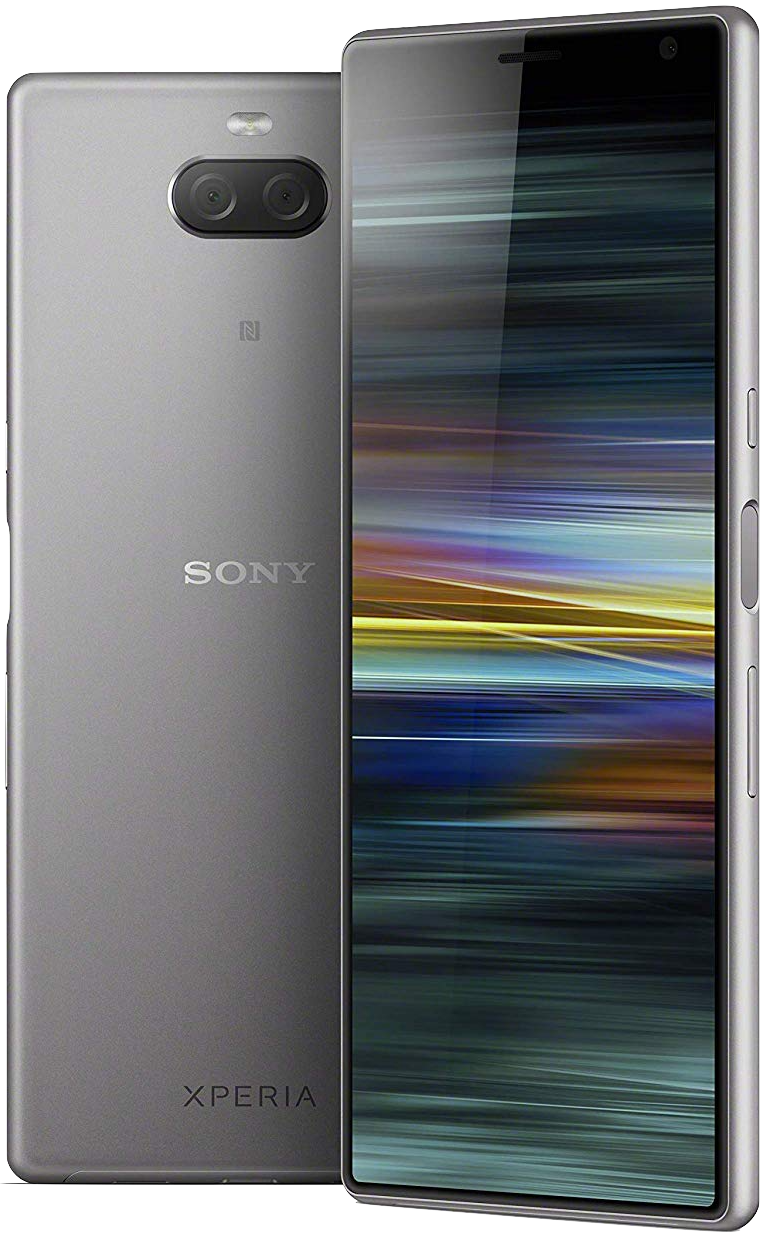
Sony Xperia 10 Plus ($350 at Amazon)
More powerful specs with an even bigger screen.
For a bit more money more, the Xperia 10 Plus is equipped with a larger display and more powerful specs. The faster processor, extra RAM, and bigger battery are all nice touches, as is the camera which captures more true-to-life photos. The larger screen is great for watching videos, but for everything else, it can sometimes be a bit too tall.
Sony Xperia 10 Let's talk about that display
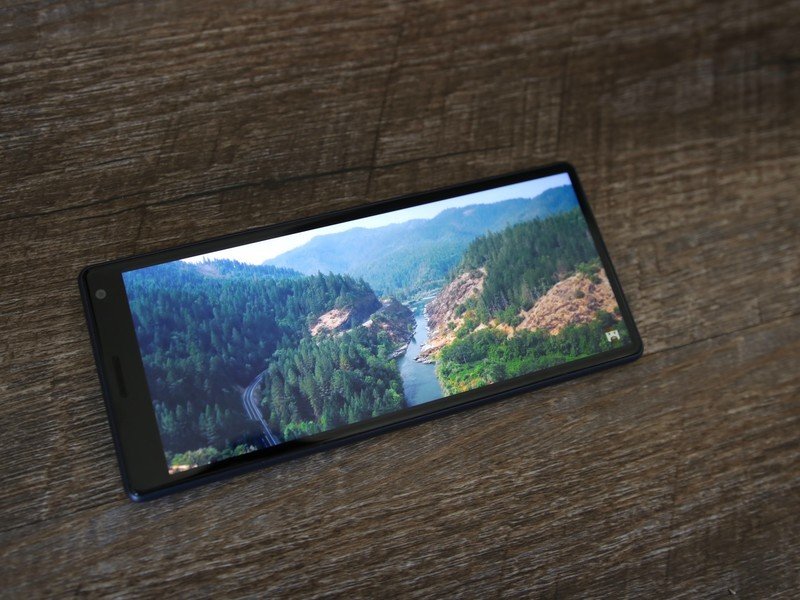
If there's one reason why the Xperia 10 manages to stand out from everything else being offered, it's because of its display.
Get the latest news from Android Central, your trusted companion in the world of Android
In 2017, smartphones with taller, narrower displays debuted with the 18:9 form factor to replace the aging 16:9 one. This has become common on most new releases in 2019, but with the Xperia 10, Sony's using a 21:9 setup. Sony's reasoning for the super-tall design is that it allows for better multitasking, more immersive movies, and enables you to see more content on the screen at once.
On the note of multitasking, the taller display does give you a bit more room when running two apps side-by-side. Things still feel a little cramped, but it's probably the best split-screen experience you'll find on an Android phone. Sony also likes to really push that the screen allows you to see more of individual apps at once, but compared to phones with 18:9 displays, I found the differences to be marginal at best.
The Xperia 10 delivers a video-watching experience unlike anything else.
Where the screen really shines is with videos. When watching something that's natively shot in 21:9, the experience is incredibly immersive and really does feel like something special. I don't watch a lot of movies on my phone, but if I was going to, I'd want it to be on a screen like this. Not only do you get to see more content on the screen, but it the wide canvas it creates in landscape mode really pulls you into what you're watching and almost makes the Xperia 10 feel like a little movie theater. It really is something special.
Unfortunately, 21:9 content is tough to come by. If you watch a lot of videos on YouTube, Netflix, Hulu, etc, more times than not you'll get virtual black bars on either side of the clip that pretty much destroy the purpose of having such a narrow display in the first place. You can zoom in to fill the screen with non 21:9 content, but all it does is zoom in on the video and heavily crops the picture. These annoyances are true of 18:9 displays as well, but they're exaggerated on the Xperia 10.
Outside of watching videos, the 21:9 ratio makes one-handed use almost impossible. Sony does have a gesture that allows you to swipe down from anywhere on the home screen to access your navigation bar, but doing so inside apps or trying to reach menus/buttons near the top of the screen usually requires two hands or some fancy thumb gymnastics. As I'll talk about more later on, this is made even more difficult on the larger Xperia 10 Plus.
As for the quality of the display, it's really good. Sony's using an LCD panel with a resolution of 2520 x 1080. Colors are good, text is easy to read, and viewing angles are solid. It's not the absolute best display I've ever seen, but for the price, I have zero complaints.
Sony Xperia 10 What I like
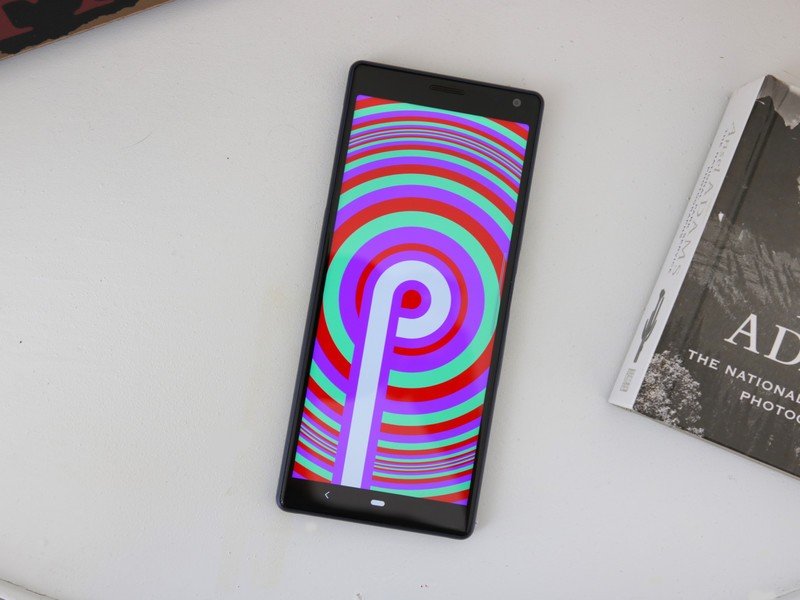
Something that the Xperia 10 really has going for it is its design. Made out of polycarbonate, the Xperia 10 feels sturdy and well-built. There are a few fun colors to choose from, the side-mounted fingerprint sensor is quite fast, there's a headphone jack, and the SIM/microSD card tray can be ejected by just using your fingernail. As someone who always loses SIM tray removal tools, I really appreciated this.
The software experience on the Xperia 10 is also really great.
Shipping with Android 9 Pie right out of the box, Sony's made very little customizations to the user experience. There are some custom apps preinstalled and a feature called Side Sense that allows you to get shortcuts for settings toggles and apps by tapping the right side of the screen, but that's about it. Android Pie's gestures are included, the default launcher has Google Feed on the left-most home screen, and the overall feel of the UI is reminiscent of what you'd find on a Pixel phone.
Android Pie looks and feels great on the Xperia 10.
Sony's Android Pie rollout for last year's hardware went pretty smoothly, so Android Q should arrive on the Xperia 10 just fine. That said, I do wish the phone was included with Google's Android One program just to guarantee major updates and security patches as time goes on.
I was pleased with the performance of the Xperia 10. It's powered by Qualcomm's Snapdragon 630 processor, meaning that it's plenty powerful for running all of your favorite apps and some basic games. If you want more speed and RAM, the Xperia 10 Plus offers both.
Lastly, it's really refreshing to see the Xperia 10 support not only AT&T and T-Mobile, but Verizon, too. So few unlocked phones support all the major carriers in the U.S., making the Xperia 10 a go-to choice for a lot of potential customers. (The phone technically supports Sprint, too, but it hasn't been certified for its network, so your luck may vary.)
Sony Xperia 10 What's I don't like

There's not a single deal-breaker with the Xperia 10, but there are a few things about the phone that just feel very meh.
Battery life with the 2,870 mAh battery is fine. You can usually get through a full day of use, but don't expect anything more. If you're really working the phone and rack up a lot of screen-on-time, you may need to seek out a charger in the early evening.
A few other things I don't love about the phone:
- It feels like a disservice to have such a cinematic display when it's paired with a bottom-firing mono speaker. It gets loud enough which is nice, but it's easy to cover and lacks any real depth or life.
- The haptic feedback is terrible. I usually don't expect much for a phone in this price range, but wow is it bad.
- Because the fingerprint sensor is on the side of the Xperia 10, the volume rocker is pushed a lot further down below it. On the Xperia 10 and even more so on the 10 Plus, it's awkward to get to and usually requires you to move the phone around in your hand to press it.
Sony Xperia 10 What about the Plus model?
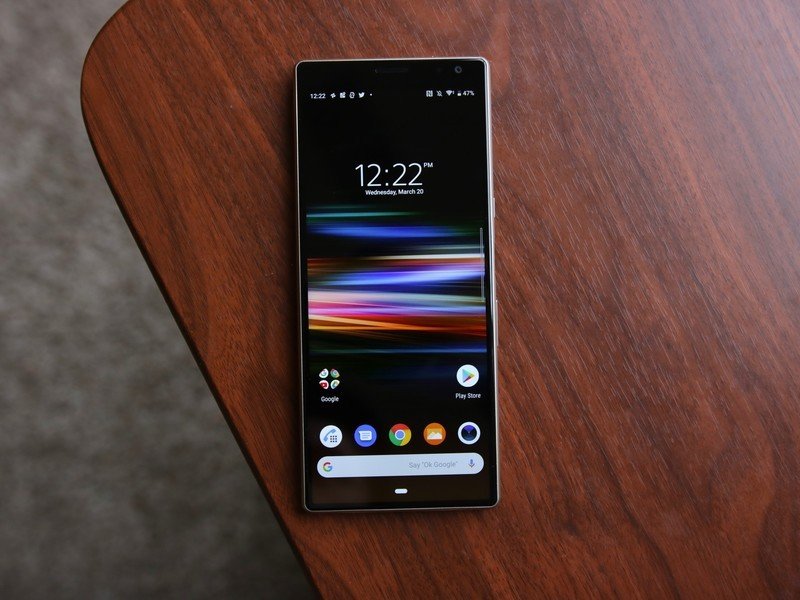
For $80 more, you can step up from the Xperia 10 to the Xperia 10 Plus.
The Plus model comes equipped with a larger screen, slightly improved rear cameras, a faster processor, larger battery, and more RAM. Here's a breakdown of all the differences:
| Category | Xperia 10 | Xperia 10 Plus |
|---|---|---|
| Display | 6-inch 21:9 2520 x 1080 LCD Gorilla Glass 5 | 6.5-inch 21:9 2520 x 1080 LCD Gorilla Glass 5 |
| Processor | Snapdragon 630 | Snapdragon 636 |
| RAM | 3GB | 4GB |
| Storage | 64GB Expandable up to 512GB | 64GB Expandable up to 512GB |
| Rear Camera 1 | 13MP f/2.0 1.12 μm 76.4° wide-angle | 12MP f/1.75 1.25 μm 76.3° wide-angle |
| Rear Camera 2 | 5MP f/2.4 1.4 μm 87.9° angle | 8MP f/2.4 1.12μm 44.6° angle |
| Front Camera | 8MP f/2.0 1.12 μm 84° wide-angle | 8MP f/2.0 1.12 μm 84° wide-angle |
| Battery | 2,870 mAh | 3,000 mAh |
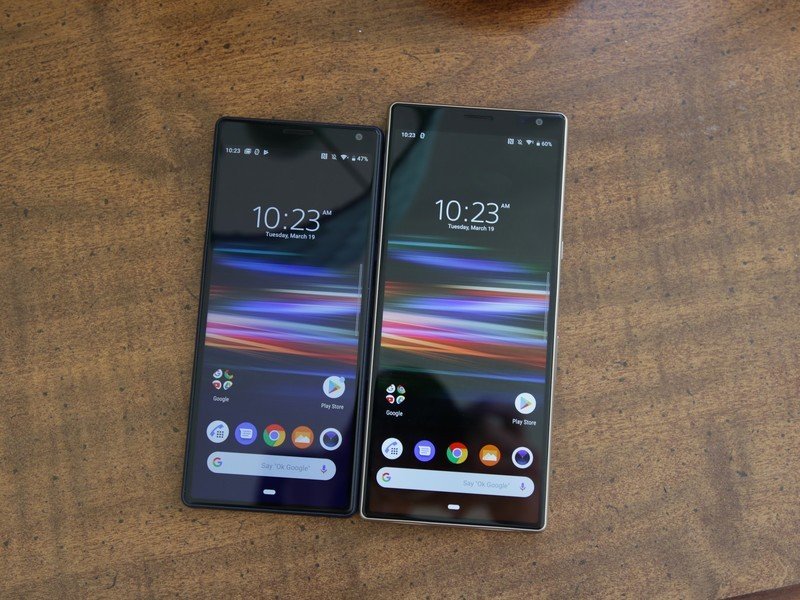
A few of these changes are quite notable, one of the biggest (literally) being the display.
Having a larger display with this unique form factor creates for a truly gigantic phone. This means that watching videos with that 21:9 aspect ratio are even more immersive and exciting, but as you'd expect, this also makes one-handed use something of a joke. People that love big phones will probably have a field day with the Xperia 10 Plus, but if you're like me and prefer smaller handsets, the regular Xperia 10 is a better choice.
In regards to performance, thanks to its newer and faster Snapdragon 636 processor, the Xperia 10 Plus is noticeably quicker when compared side-by-side with the Xperia 10. Opening apps, starting YouTube videos, and multitasking all feel snappier when using the Plus. That's not to say that the normal Xperia 10 is slow, but if you plan on using a lot of apps at once or want the best performance possible, the newer processor and additional 1GB of RAM are worthy upgrades for the 10 Plus.
Lastly, let's talk a bit about camera quality.


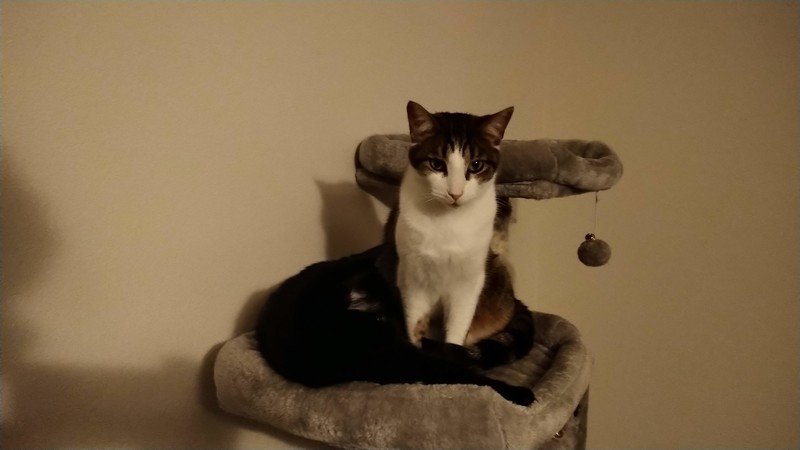


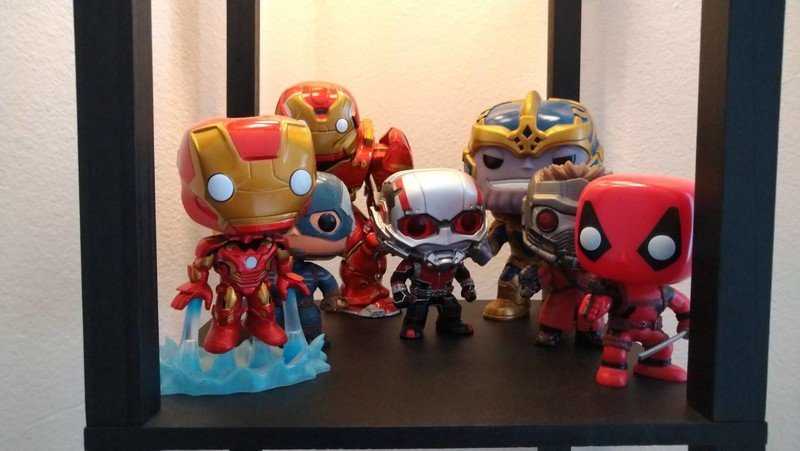
In general, both phones take fine pictures that are perfectly suitable for the likes of Twitter and Instagram. Finer details are often a bit soft, and when you try shooting in low-light situations, the result is about what you'd expect for phones in this price range.
For whatever reason, I noticed that the Xperia 10 tended to make pictures warmer compared to the Xperia 10 Plus which reproduced cooler, more true-to-life shots. I personally prefer the look of the Xperia 10 Plus's images, but if you enjoy pictures with a warmer tone to them. the Xperia 10 may be the way to go.
Sony Xperia 10 Should you buy it?
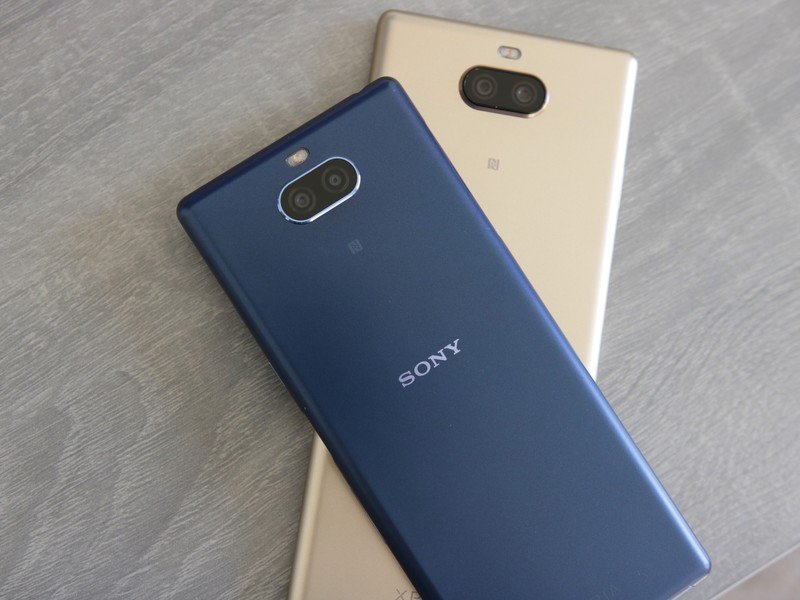
The unlocked mid-range smartphone space is pretty abysmal when compared to other countries like India and China, so it's always exciting to get new releases in this part of the market — especially ones with radical designs like the Xperia 10 series.
The 21:9 display is a really interesting idea, and while it can be jaw-dropping in certain situations, it can also be quite the annoyance. At the very least, Sony deserves credit for trying something new.
Outside of the display, the Xperia 10 and 10 Plus offer a good, well-rounded experience for the money. Both phones are built really well, the software experience is great, and for $80 more, the Xperia 10 Plus offers noticeable internal upgrades in addition to the larger display.
3.5 out of 5
I'd recommend checking out other phones such as the Nokia 7.2 and Moto G7 before pulling the trigger, but if you like what you're seeing with the Xperia 10, it's certainly worth checking out.
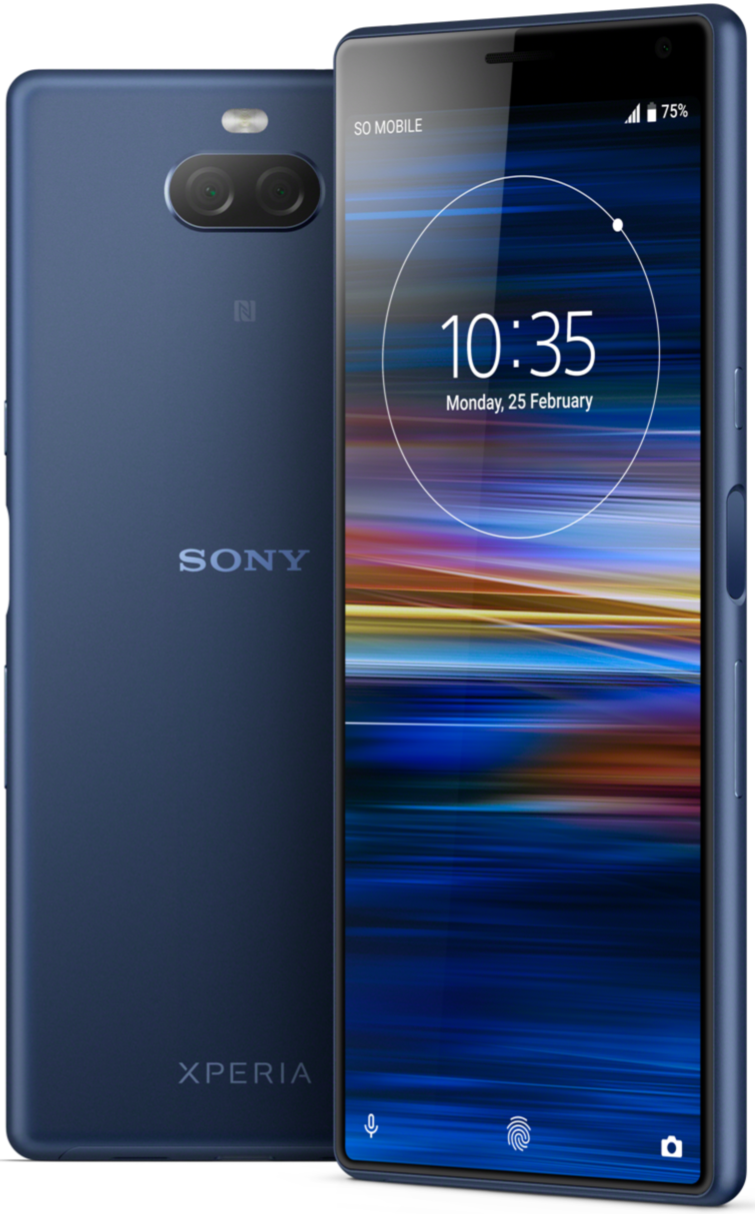
The Sony Xperia 10 is an interesting phone. It brings some good value to the mid-range smartphone space, with the highlight feature being its 21:9 display. This makes supported videos pop and allows for some truly unique experiences, but it also makes the phone really difficult to use with one hand. If you want an even larger screen and upgraded specs, the Xperia 10 Plus is also worth a look.

Sony Xperia 10 Plus ($350 at Amazon)
More powerful specs with an even bigger screen.
For a bit more money, the Xperia 10 Plus is equipped with a larger display and more powerful specs. The faster processor, extra RAM, and bigger battery are all nice touches, as is the camera which captures more true-to-life photos. The larger screen is great for watching videos, but for everything else, it can sometimes be a bit too tall.

Joe Maring was a Senior Editor for Android Central between 2017 and 2021. You can reach him on Twitter at @JoeMaring1.
